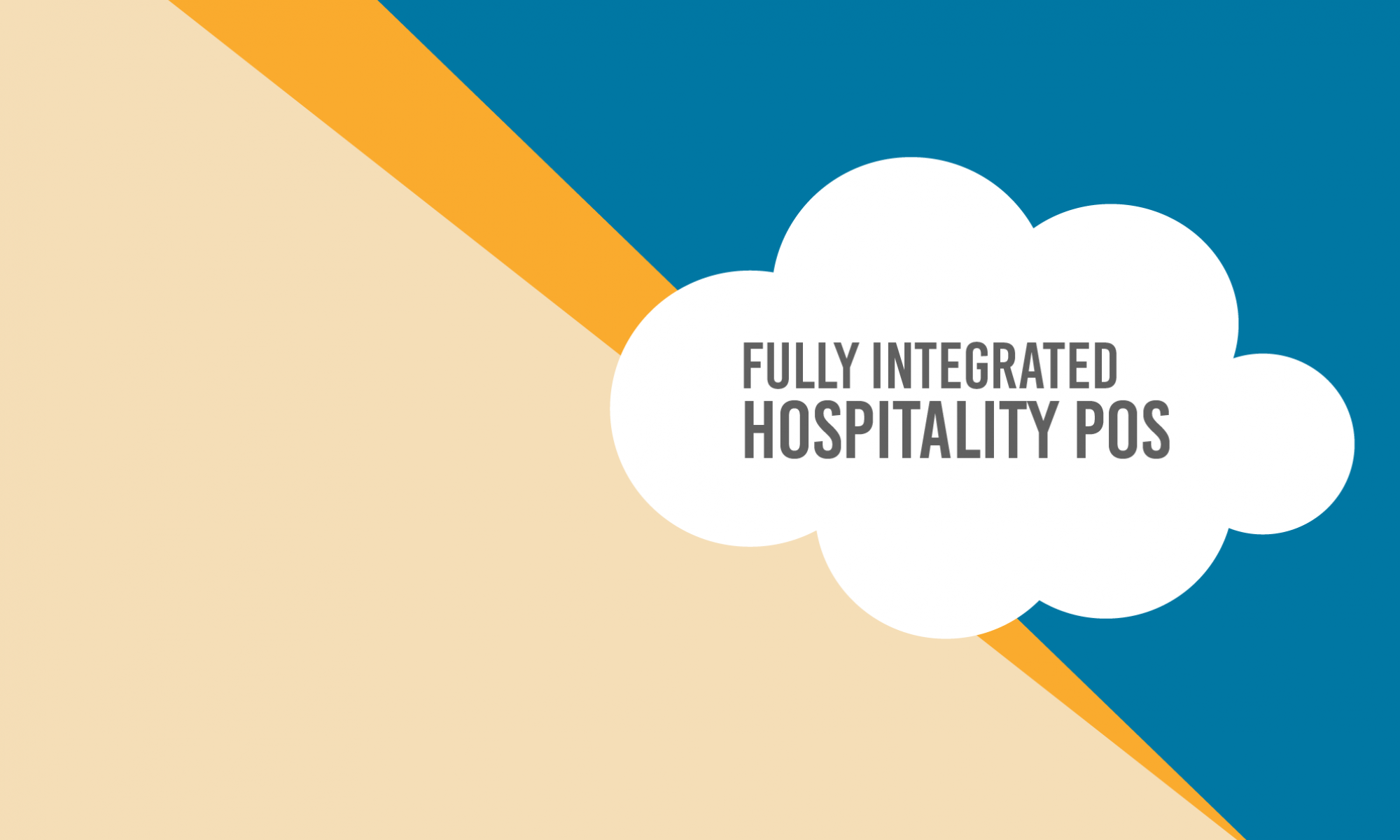As a restaurant owner or manager you are in a constant state of strategizing, trying to move the numbers — like getting costs down and revenue up. One of the first places you can look for improvement is in your average check amount. Small bumps in this area can add up quickly in a week. Learning how to upsell to your patrons is a low-cost endeavor that highly profitable restaurants, regardless of size, have learned to do effectively to increase average checks.
Turn Servers into Salespeople
Your staff, the waiters, bar keeps, hostesses, and cashiers all need to be salespeople. As the manager you set the tone and your goal should be to make the sales-mindset an automatic response. We’re not talking the pushy, in your face salesperson. No one wants that during a dining experience, but you do want upselling to be an integral part of customer interactions.
When teaching your staff how to upsell, give them specific items to focus on for the shift, make sure they are ready to recommend favorite dishes and drinks, and have them plant seeds from the start like mentioning dessert selections while taking drink orders.
Use the Menu for Pairing Ideas
Adding pairing suggestions to your menu is a subtle but effective tactic. Think beyond the wine list. You can suggest a specific side salad or appetizer that pairs well with each entree. By adding callouts and creative messages on your menu, you can steer your customers towards additional purchases while they’re still deciding what to order.
Quick Service and Fast Casual operations can also upsell to their guests. While employee based upsells have been the mainstay of the QS & FC space for years, technology such as guest facing digital signage and POS-integrated interactive displays provides visual suggestions to guests.
Don’t Forget Online Orders
When brainstorming ideas on how to upsell to your customers make sure you consider online orders. Use technology to your advantage and list complementary food items and add-ons throughout the order process, especially right before check out. You are just a click away from nudging that average check up a few clicks.
Highlight Promotions
Daily specials and promotions are great motivators for customers to justify a more expensive meal or an excuse to have a beverage from the bar that they would have normally passed on. Not to mention, specials and promotions give your staff a great way to open up conversation, either at the table or when taking a take out order.
Make Upselling a Part of Your Culture
How to upsell is not a big mystery, but it does take effort and a little forethought to make it part of your restaurant culture, whether fine dining or quick service. Training your employees to upsell, updating your menus to include suggestions, and offering specials are all cost effective ways to get your check averages up and ultimately increase your profits.


 When our friends at Valiant Brewing contacted us to let us know of their closure and the impending sale of their space we were shocked and saddened. Valiant Brewing was an up and coming brewery in Orange, CA that had started winning over taps and shelf space at bars and grocery stores in the ever growing craft brewing market.
When our friends at Valiant Brewing contacted us to let us know of their closure and the impending sale of their space we were shocked and saddened. Valiant Brewing was an up and coming brewery in Orange, CA that had started winning over taps and shelf space at bars and grocery stores in the ever growing craft brewing market. Situated in the heart of the Funk Zone in Santa Barbara, Lucky Penny has become a favorite stop for locals and visitors while wandering through the area’s many wine tasting rooms and art galleries. Their patio is a perfect retreat to share a wood fired pizza or seasonal salad while sipping on their fresh lemonade or house wines.
Situated in the heart of the Funk Zone in Santa Barbara, Lucky Penny has become a favorite stop for locals and visitors while wandering through the area’s many wine tasting rooms and art galleries. Their patio is a perfect retreat to share a wood fired pizza or seasonal salad while sipping on their fresh lemonade or house wines.  luckypennysb.com
luckypennysb.com Located on the outskirts of Echo Park, Mohawk Bend is one of LA’s ultimate places to enjoy craft beer and delicious locally sourced grub. Originally a 100-year old Vaudeville theater, Mohawk Bend invites diners & drinkers alike to enjoy it’s spacious covered patio or all brick dining room. Of course the bar is always welcome to enthusiasts who are interested in the 72 taps featuring a wide array of limited edition and craft beers.
Located on the outskirts of Echo Park, Mohawk Bend is one of LA’s ultimate places to enjoy craft beer and delicious locally sourced grub. Originally a 100-year old Vaudeville theater, Mohawk Bend invites diners & drinkers alike to enjoy it’s spacious covered patio or all brick dining room. Of course the bar is always welcome to enthusiasts who are interested in the 72 taps featuring a wide array of limited edition and craft beers.